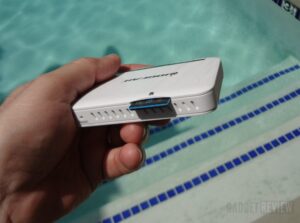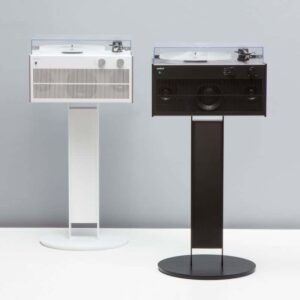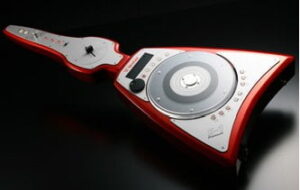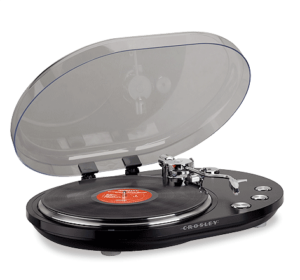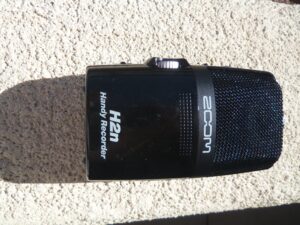The best record players and turntables are busy again. Vinyl records are making a comeback — especially among the “Indie” small record companies. The records are from both the lesser known as well the well known artists. Certainly vinyl isn’t as big as it once was, but playing it does require a record player. Heck, if you still have any old LP’s lying around or in storage (see how many names there are for vinyl compared to “CD”?), you’re going to need to jump back to analog to listen to them. Compare this turntable with our Oval USB turntable is one slickly designed record player page if you’re not sure this is the right choice for you. If you like this turntable, you should also read our review of the turntable guitar.
That’s where the Pyle PLTTB8UI Classic Vinyl Turntable comes in. The look is right from the times: silver highlights amidst a pebbled “leather” looking vinyl. Take a whiff and you feel transported back to a simpler age when In-A-Gadda-Da-Vida was considered high art. You may want to compare this to the Symbol modern record player.
Open the lid, which stays up through a locking tab, reveals the platter and tonearm. You’ll need to remove a small tab holding the tonearm down before using it — then you remove the plastic cover over the needle and you’re all set. There’s a ridiculously tiny tab inset next to the tonearm for changing the speed from 33 to 45 to 78: a set screw near the top right of the platter can be adjusted to alter the speed of the monitor should the record not sound up to snuff (this is also used to lock the platter for transportation). A slot on the front left holds a 45 adapter also. In general I don’t recommend playing 78’s because they’re hell on needles. But since you can digitally send them to a computer, a single play can be justified — it’s a fact that there are some 78’s that never have been duplicated on any other playable medias.
Now let’s pause for a moment to consider what you need to do in order for the player to function optimally. As noted above, you need to check the 3 speed belt-driven motor — but first make sure the Pyle PLTTB8UI Classic Vinyl Turntable is even on the surface it is residing on. A spirit level will work fine here and if you have to wedge a piece of cardboard under an edge, so be it. Remember we’re dealing with analog here. For a modern record player, you can take a look at our Victrola vta 600b esp review.
Now the best part of the “retro” design are the controls on the front. Nice shiny knobs to handle volume and bass and Balance. A standard headphone socket too. The USB port, which is always active, is on the front right for connecting to a computer — basically all the audio will travel through the cable and into whatever audio program is running (the free “Audacity” works on both Macs/PCS, for example). Next to the port are two toggle switches — one to turn on the player and the other to switch between the line input on the back (it’s called iPod/AUX, and the dock pulls out from the left side — once you’ve adjust the left speaker, duh). Toggle switches are fun. Want to check out a player with a vintage look and speakers that fold out? Open the ION audio air LP review.
Looking at the back is dullsville: there’s that stereo audio input to let you use the turntable as an amplifier/speaker and the power input to juice up the player..
Here’s something interesting: there’s a DC-type power adapter that you plug in, rather than an installed AC cord. The brick is a bit heavy but since there can be plenty of “dead space” when you’re dealing with an analog device, I’m not surprised (pleased, even) to find a small closed compartment at the back where the brick can be stored when not being used. Hey, this would be a good place to keep that level and a brush and cloth for cleaning off records and general maintenance. The compartment is kept closed using the same type of snap-latch as found on the front that keeps the lid closed.
For those who’ve never considered playing vinyl records, here’s the basic playing procedure: clean off a record while holding it by the edges and then place it flat on the platter with side A facing up. Power the Pyle PLTTB8UI Classic Vinyl Turntable by flicking the toggle switch and give the platter a few seconds to get up to speed. Release the tone arm lock and then use the Cue lever to raise the tone arm. Now gently place the needle on the outmost groove on the record as the platter automatically starts up. Sit back and “groove” to the sound (sorry, couldn’t resist the pun).
You can do this because the player provides for auto-return and auto-stop. No stacking records here: even if you could, don’t, because it’s bad for the records and the turntable.
Listening to analog takes a bit of thought/alteration of the “digital” concepts ingrained in us now: the sound is generally more “brassy” and volume affects the hiss that digital pretty much has removed from the scene. But there is a visceral feeling when listening to a record because it’s so much more intimate that a digital file –not to mention how much bigger the cover art is than on a CD (and often there are the extra bits that the CD left out). The Pyle PLTTB8UI Classic Vinyl Turntable has more than enough “oomph” to drive the two speakers — just remember to adjust the bass — and you won’t have anything to complain about as regards volume. As to what you’re playing, that’s a whole different story.
Editor’s Rating:
[rating:4/5]
Great
Bottom line: Playing a vinyl record needn’t be problematic, thanks to Pyle’s PLTTB8UI Classic Vinyl Turntable. Nor is the $199 retail onerous when you consider you’re getting portability as well as a digital output. Share those old tunes with your friends in any room of the house — or any location where you can lug this “portable” around (the built-in handle requires some strength so it’s a perfect excuse to exercise those arm muscles). It’s like the best of the 20th and 21st Century combined.
Pros
- Fold-out speakers
- Digital audio output
- “Classic” design
Cons
- No pre-amp output
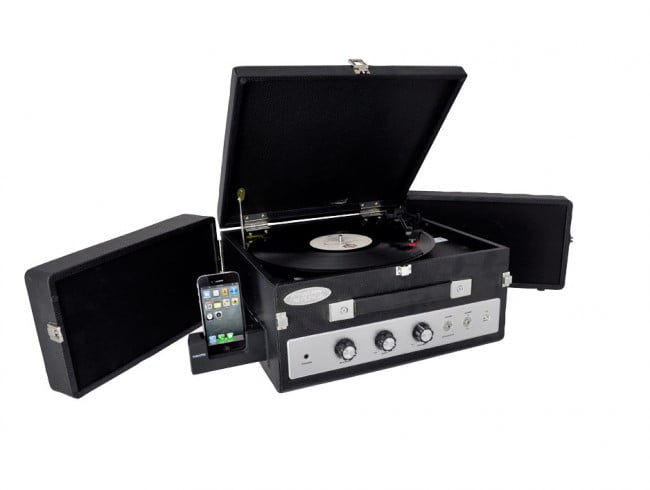
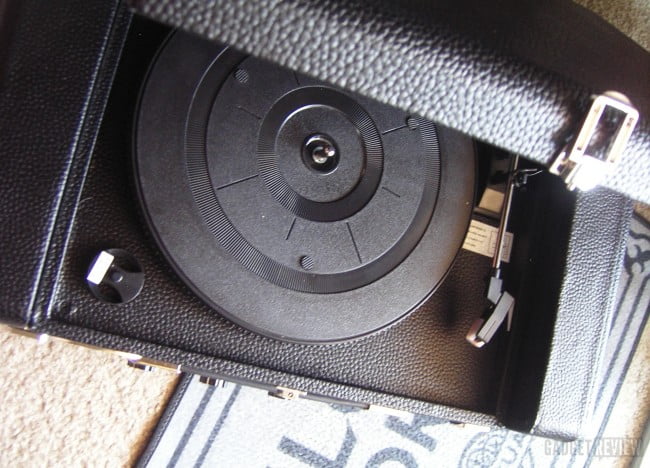
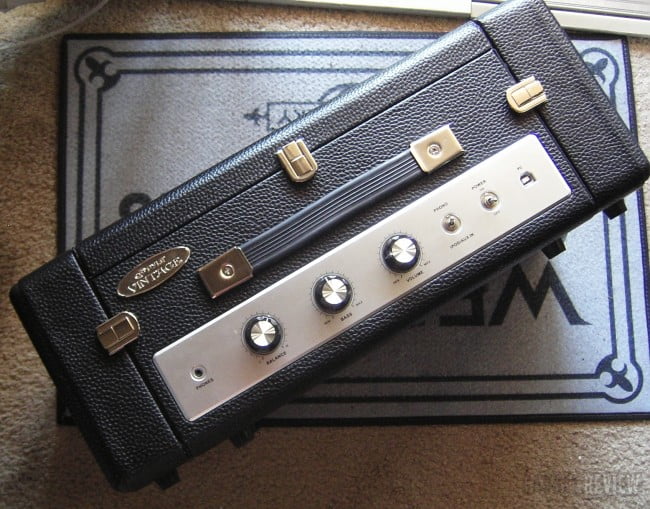
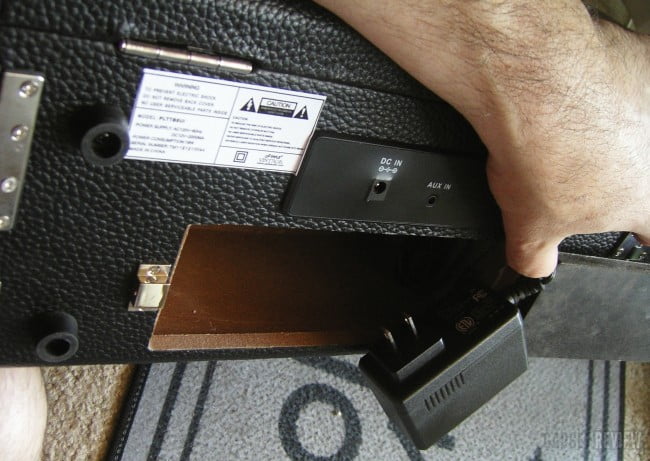
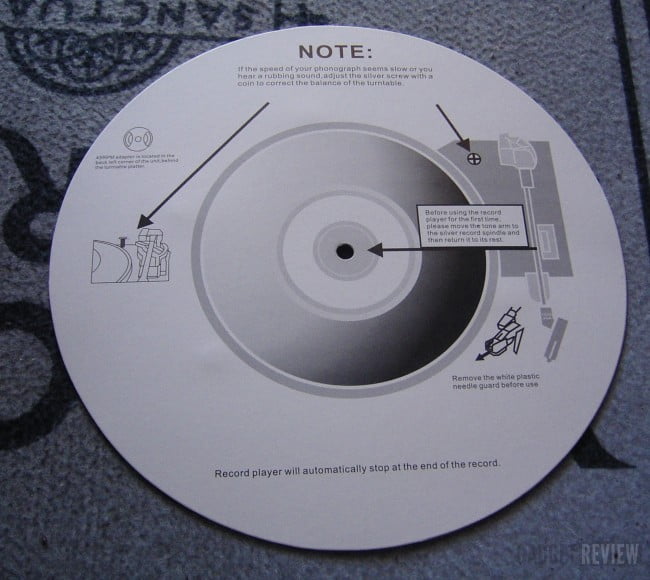
![7 Best Portable Record Player in [year] 1 Best Portable Record Player](https://www.gadgetreview.dev/wp-content/uploads/best-portable-record-player-300x169.jpg)
